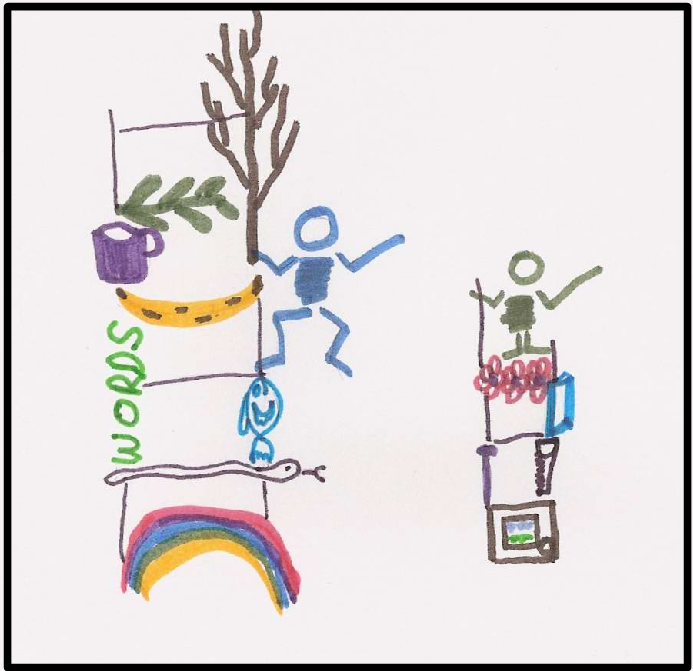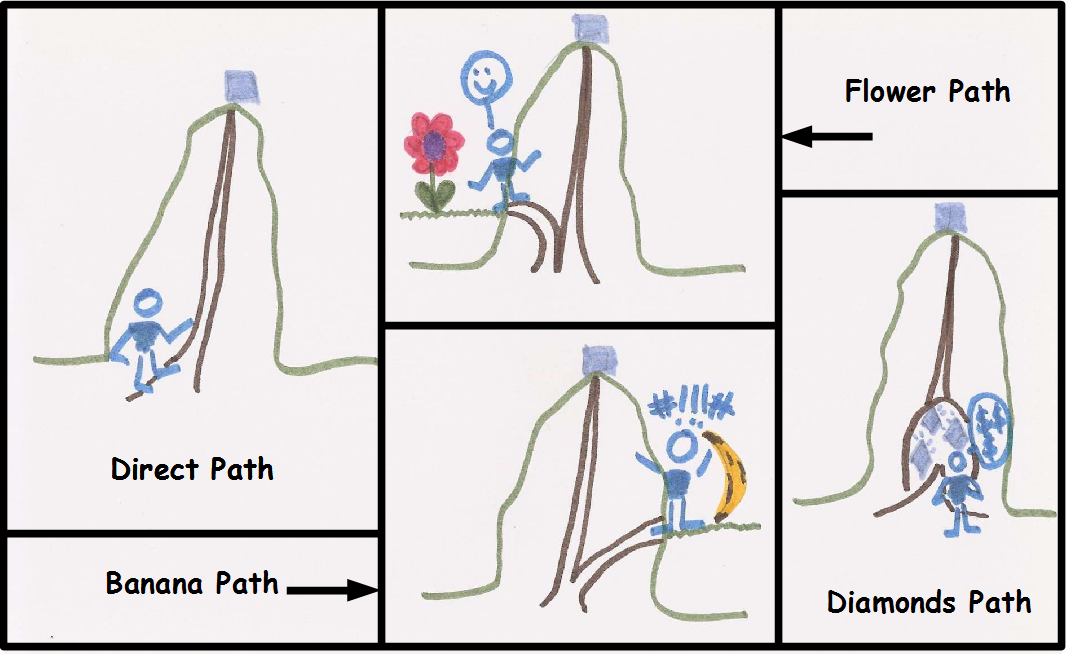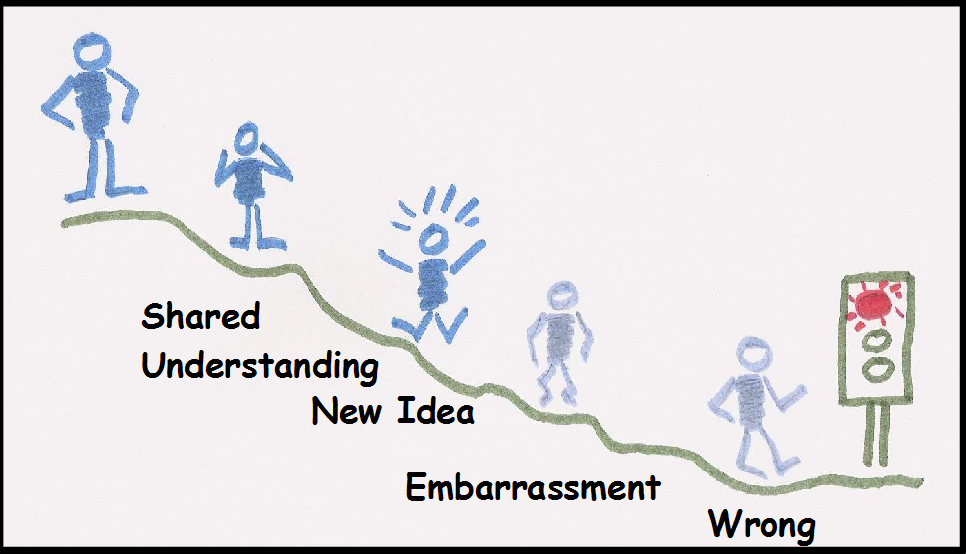If you take only one thing away from reading this post – it is a caution to be very careful with taking only one thing away from any interaction.
We are evolved to filter information so that we only need to focus on things that are important to us – that’s why painters can put a few brush-strokes on a canvas and we can interpret it as a person walking on the beach in the distance.
 We filter without realising it – if we did not filter, we would be overloaded with information and find it very difficult to proceed.
We filter without realising it – if we did not filter, we would be overloaded with information and find it very difficult to proceed.
When we have a conversation with someone, we imagine that they understand everything that we say in the way that we intended for it to be meant. The only thing that we can be certain of, in fact, is that the person will have interpreted what we said in the way that made sense to them. Of course what makes sense to the other person might or might not be aligned with what we actually intended.
One time, I came away from a conversation wondering why the person had started to debate the pros and cons of scrum when I had been meeting with them about something else. On reflection, I realised that my job title at the time contained the word ‘Agile’ so that person thought that I was only speaking about scrum teams and the delivery process. It was likely that the other person had a very different definition of agile – mine is a very broad one and includes Lean, Cynefin, Design Thinking and many other useful ideas and approaches. Others might define agile as ‘scrum’ and not much more for all sorts of reasons. This means that the other person was filtering my part of the conversation through a ‘Kim is here to talk about scrum’ lens which led to a complete misinterpretation of what I was asking about.
How does this relate to the title of the post ‘Sound Bites’?
We in the Lean and Agile communities have discussed and investigated many concepts and are in the habit of using short descriptions for very complex ideas. Within the community, I can say something like ‘I like to use the Cynefin Framework to help me determine which approaches are compatible with the system that I am working with’ and lots of people would understand what I meant to say. But I have spent a lot of time reading about these ideas, attending conferences, speaking with experts and trying them out so the following terms are loaded with deep meaning;
- Cynefin Framework
- Approaches
- System
These terms are at risk of becoming ‘sound bites’ – the main thing that an audience hears and therefore believes is the main message. They could then try and apply one of the concepts, or an extrapolation of these ideas and end up with a completely unexpected result.
This is not the first time ‘sound bites’ have happened in our human history. For example, Bob Emeliani wrote a great post recently about Frederick Winslow Taylor and how people partially applied his Principles of Scientific Management and ended up with a sub-optimal result.
What can we do about the problem with ‘sound bites’?
We need tailor our conversations to our audience. In a group of deep experts, it is fine for us to use our shorthand terms and jargon – but in a mixed group or with non-experts, it is as if we are teachers providing all the answers to students and not teaching them how to learn – so our words are ripe for misinterpretation.
Now that you have read this post and therefore interpreted it in your own ways, I would be very interested to hear about your experiences with sound bites, or what the term ‘sound bites’ means to you.
Please leave a comment or find me on Twitter: @kb2bkb



